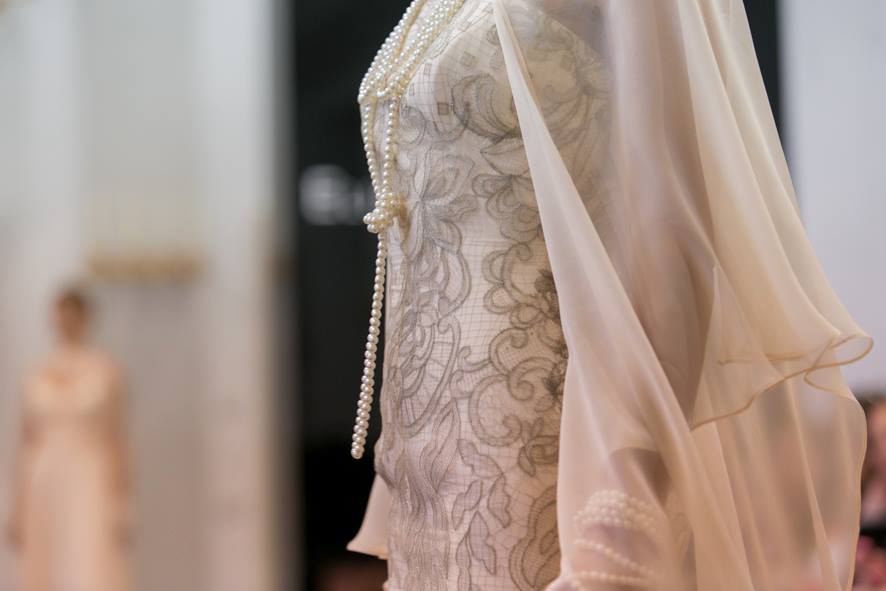Brides in history: how did they look like?

When you least expected it, the ring arrived, in a heartbeat. You celebrated the proposal and marked your calendar. You surely had many overexcited thoughts, and a central one finally came: the gown.
Whether it’s in ivory or cream, antique pink or with Tiffany’s details, it must show who you are. Elisabetta Polignano loves to highlight the idea that the wedding gown should be the expression of a bride’s personality. But this thought is so contemporary and now that we don’t even realize it. Gowns have a very long historical tradition, as weddings do. We thought, why not digging deeper on this historical perspective and tell you a bit about how brides in history (Western history only, for now) used to look like and how they used to celebrate in the past?
In Ancient Rome, weddings were mostly seen as a social promotion. Wedding days were occasions of celebration for the whole community and the newly married couple’s houses were decorated with flower crowns and other precious decorative plants, such as myrtle and laurel. Brides were often very young girls and were dressed with a plain white tunic, the color of pureness, which she had received as a gift from her parents and that was sealed with the so called “Ercole’s knot” (an amulet against bad luck): only the groom had the privilege to loosen it. The hairstyle was six braids decorated with a lily, wheat, rosemary and myrtle crown.
In Medieval times, weddings got a deeper religious and social meaning and they started to imply a different kind of celebration, depending on the families’ social class.
Brides used to wear the most elegant dress that the family could have afforded, and it usually was an intensely colored gown. The most typical one was red, a symbol of intense love. Fabrics were precious: brocade velvets, damasks and sometimes even fox furs as an additional decoration.
In the 18th century, gowns became more refined: France was the leading fashion country and it spread the tradition of lighter fabrics: satin, laces and pastel colors suddenly became very popular. Silver and white were widespread gowns’ colors. White was almost an obliged choice, not only because it symbolized pureness: color tints were really hard to find. Sleeves were the most precious parts of the gowns: they were often decorated with precious gems and stones and waists were marked with wide and rich skirts.
What are your impressions on this historical carousel? Let us know in the comments down below!
Photo credits: http://goo.gl/fK21wk